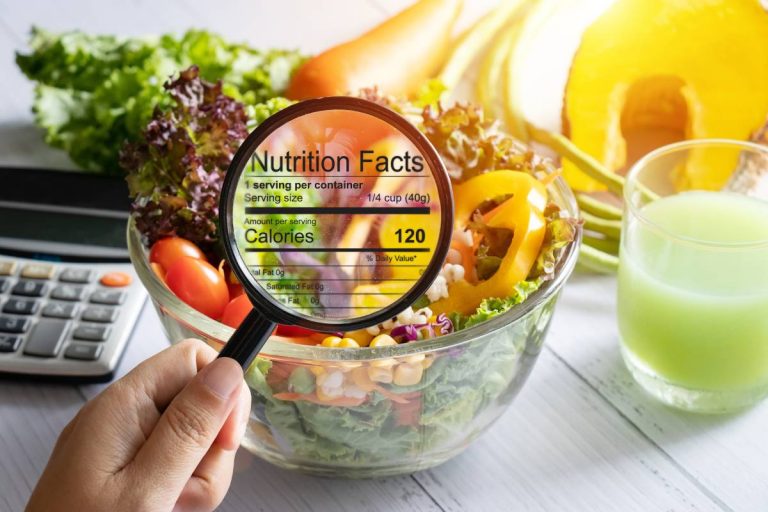Nutritional Analysis
Recipe nutritional analysis evaluates the nutrient composition of a dish, enabling individuals to make informed dietary choices. This process provides insights into calories, protein, carbohydrates, fats, vitamins, and minerals, ensuring a well-balanced diet. Transparency is key, allowing consumers to make knowledgeable decisions about their food.
To ensure accuracy, we utilize the USDA National Nutrient Database and the ICMR Database for Indian ingredients. Using our proprietary algorithm, we generate detailed reports covering 10G essential nutrients.

Why Portion Size Matters
Portion sizes significantly impact nutritional values, making them a crucial factor in analysis. The nutrient content of a recipe may change based on serving size, so it’s important to specify portions when conducting nutritional evaluations.
Supporting Dietary Needs s Health Goals
Nutritional analysis is particularly beneficial for individuals with specific dietary requirements or health conditions. For example:
- Diabetics can monitor carbohydrate intake.
- Individuals with high blood pressure can track sodium levels.
By understanding a recipe’s nutritional profile, people can determine whether it aligns with their dietary goals.
Promoting Healthier Food Choices
Nutritional analysis empowers individuals to make healthier food decisions. For example, if a recipe is high in saturated fat, consumers can opt for a healthier alternative.
Conclusion
Analyzing the nutritional content of recipes is essential for informed eating habits. It helps individuals understand the nutritional impact of their meals, make healthier choices, and meet their dietary needs with confidence.

